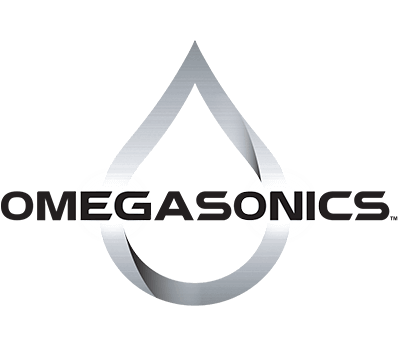One of the more popular types of 3D printing is known as Fused Deposition Modeling (FDM), a process in which a part is built by depositing thin layers of material (usually plastics) starting at the bottom of the part and working toward the top.
The printer head stays on the same plane at all times, while the part is lowered a fraction of an inch on a table to allow the next layer to be printed on top of the previous layer.
FDM provides great results for many applications, but it has one drawback—since the part is built from the bottom up, it can’t produce a part with an overhang, shelf, or internal cavity because there’s nothing to support it while the layers above it are built.
Some 3D printer manufacturers have resolved this issue by using a “mold support,” which is a water-soluble material that can be removed from the finished part using ultrasonic cleaners.
It is distributed by the printer head through a different nozzle than the one that distributes the material for the part, and acts as a kind of “placeholder” for the suspended part until the part requires that layer to actually be built (think of it like printing with red ink for the part, and green ink for themold support.
Red and green ink both get printed on each layer, and when the shelf or overhang is actually called for on the part, the red ink prints over the area where the green ink was applied).
When a part requiring the use of mold support is done being printed, it looks nothing like the finished part should look. The mold support must be cleaned away using ultrasonic cleaners, leaving only the actual part behind.
Since mold support is water-soluble, a simple solution of detergent and water is all that’s needed for ultrasonic cleaning. The mold release is gently and completely washed away, and the part is not damaged in any way because ultrasonic cleaners work by using non-damaging high frequency sound waves to remove any residual materials.
3D printing, whether the next industrial revolution or just another tool in the manufacturing and technology sector’s toolkit, opens up a whole new realm of design and manufacturing possibilities for the commercial world.
This technology makes it possible to quickly build full-size parts or components out of a variety of materials without expensive machining processes.
With enhanced FDM processing, parts can be made quickly and inexpensively. Using ultrasonic cleaners to remove the mold support, as well as clean the wetted parts of 3D printers, makes the entire process cost effective and gets ideas to the marketplace quickly.
Contact us for more information on ultrasonic cleaners. You can also find us on LinkedIn and Twitter.
